Budva is one of the oldest urban centres of the Adriatic coast, founded 2,500 years ago.
Beautiful beaches, a plenty of restaurants and hotels, bustling night life, as well as team building and incentive options are what makes Budva very attractive destination, both for individual travellers and for event organisers.
Budva has a very long history, and many ancient and medieval monuments speak of it. According to historical records, Budva was known more than 2,500 year ago as “a city of Illyria”.
Legend says that Budva was founded by Cadmus, son of king Agenor and queen Telephassa and conqueror and ruler of Boeotia, a province in Greece. When he was banished from the city of Thebes with his wife Harmonia, he found refuge with the Illyrian tribe of Enchelei. According to legend, Cadmus came to Budva on an oxcart.
That is where Budva got its name, since bous means ox in Greek. Budva was at times also known as Butua, Buthos, Butoba, and Civitas Antique (Ancient City).
What to see?
The Old Town is the most well-known part of Budva, with numerous allies filled with restaurants, galleries, bars, and boutique shops. The Old Town is surrounded by walls, towers, and gates.
In the summer, the city hosts many stage plays, performances, and exhibitions, so it became known as the Theatre City, which is also the name of the festival that has been running since 1987.
Another special feature of the Old Town is the Church of Santa Maria in Punta, alongside the churches of St. Ivan, Holy Trinity, and St. Sava.
Next to the Church of St. Ivan are the remains of an early Christian basilica, and the Citadel holds the remains of the Church of St. Mary.
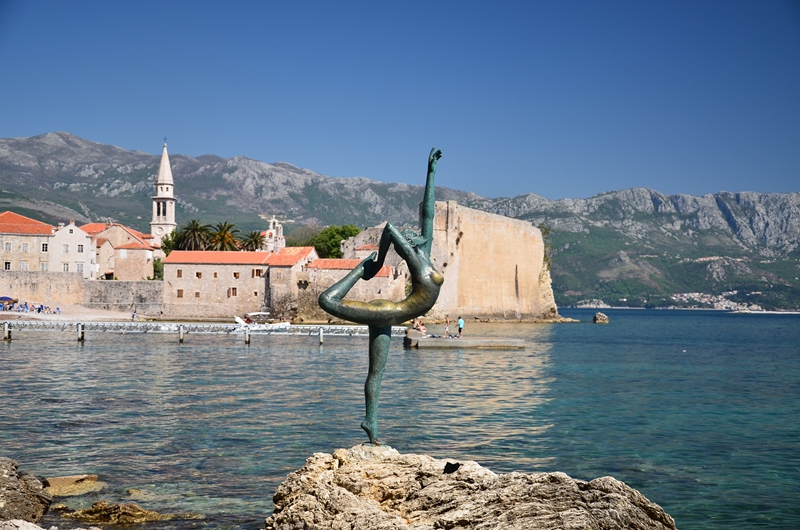
Between the churches lies the stage for the Theatre City plays. The walls of Budva’s oldest gate and Roman pillars are also part of the Old Town’s charm.
The Budva Museum, with its permanent archaeological and ethnographic display, the Modern Gallery, and the Stefan Mitrov Ljubisa Memorial House are also among the things to be seen in the Old Town.
The Statue of the Budva Dancer, located on the way to the Mogren beach, became one of the city’s landmarks where a large number of tourists stop to take pictures.
The once fortress of Castel, today’s Citadel, is the most monumental building situated between Budva’s walls. For a certain period, the Citadel was the stage where the Theatre City festival took place. Now the Citadel boasts hospitality establishments, as a unique location for different types of events.
On which beach to go
Budva is famous for its beaches, and among the most well-known are Mogren, Ricardova glava, Pizana, Slovenska and Becici beach.
The Mogren beach was named after the sailor Mogren, who was washed ashore by waves after he survived a pirate attack. As sign of thanks, Mogren built the Church of Saint Anton, of which today only its foundations are still here. Some locals still adhere to the custom of not swimming in the sea before 13th June, Saint Anton Day.
[quote_box_right]Did you know?
Budva is one of the oldest cities on Adriatic coast.[/quote_box_right]
Ricardova glava is one of the most frequented beaches in Budva, located below the walls of the Old Town.
It got its name after the actor Richard Widmark, whose film The Long Ships was filmed there in 1963.
Pizana is the smallest beach on the coast of Budva, only 50 metres long. Like Ricardova glava, Pizana is situated at the bottom of the Old Town walls, and its visitors can enjoy the beautiful view of Saint Nicholas’ Island.
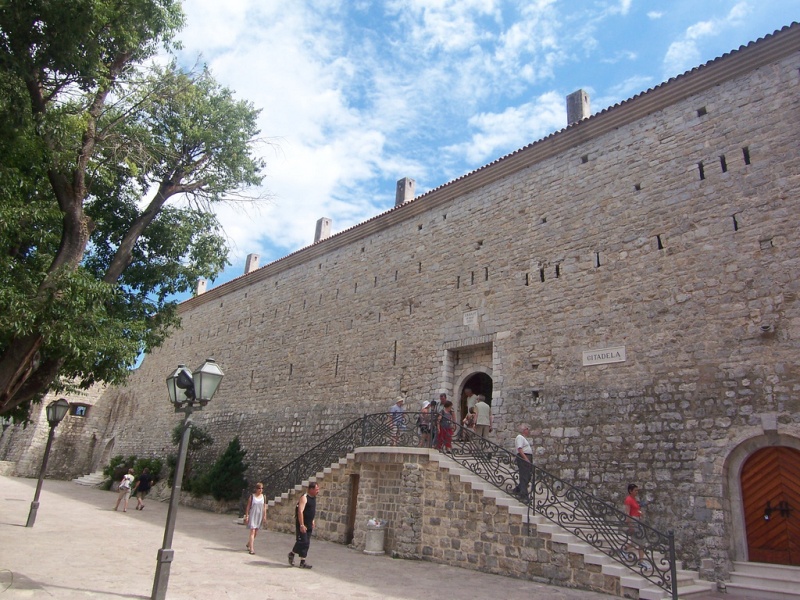
Unlike Pizana, Slovenska beach is the longest beach (1,600 m) in Budva, known for its backshore linking it to Saint Nicholas’ Island. Above the beach is the Budva promenade. The beach was named after the first tourists from the Czech Republic who stayed at the beach 80 years ago, replacing its earlier name of Pod polje.
Becici beach was voted the most beautiful beach in Europe in 1935, and in 1965 it was crowned the most beautiful beach of the Mediterranean. Its 2,000 metres stretch over the distinct colourful sand. In addition, Becici beach is counted among the beaches with the clearest water.
MICE Tourism in Budva
On top of being the most famous resort, attracting tourists with its beaches, historical landmarks, and luxurious hotels and restaurants, Budva is the most famous MICE destination in Montenegro.
Budva boasts numerous high-end hotels that, thanks to their accommodation and event capacities, can fully meet any requirement of the most demanding events. The proximity of the airport in Tivat additionally makes Budva the go-to event destination thanks to chartering.
Among the hotels that stand out for their event organising qualities are the Montenegro Stars Group hotels – Hotel Montenegro, Hotel Blue Star and Hotel Splendid Conference & Spa Resort in Becici, as well as Avala Resort & Villas, Hotel Queen of Montenegro, and Hotel Mediteran Becici.
Budva’s MICE offer will be supplemented by the recently opened Hotel Budva, which will also include conference rooms.
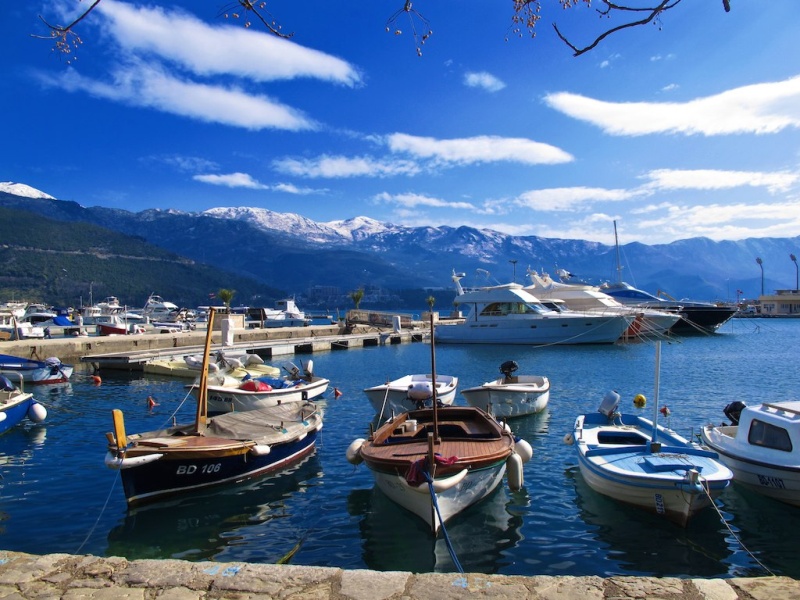
Budva can be a great destination for team building events and incentives. Beaches can serve as locations for different games for employees, such as sports competitions on sand and in water, treasure hunt, and those a little more boldly can enjoy in diving or fishing. Thanks to the marina cruises or sailing can be organized, at which participants will meet Budva and its surroundings from a completely different point of view.
For groups that are looking for a mountain adventure, thanks to the near mountains can be organized and great biking and hiking tours.


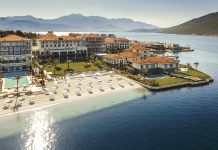




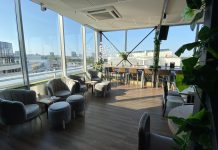
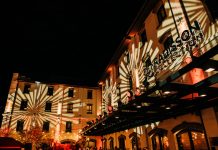





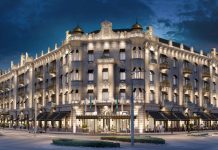


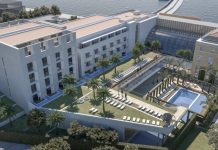

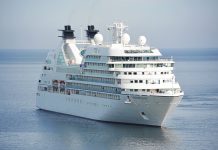

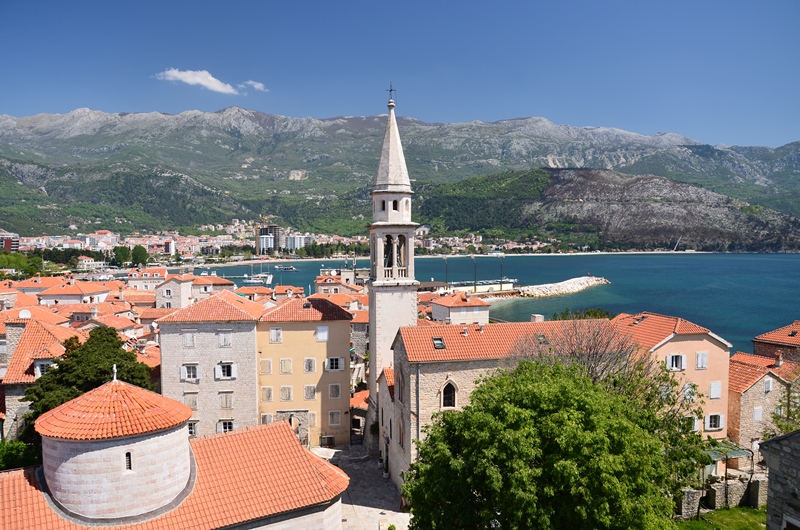



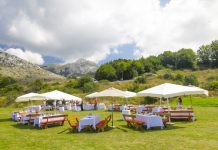








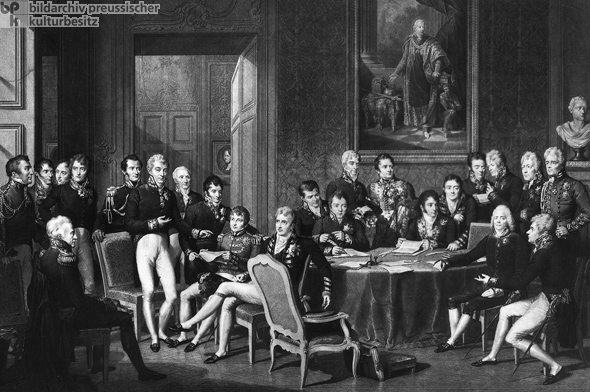

 Srpski
Srpski English
English